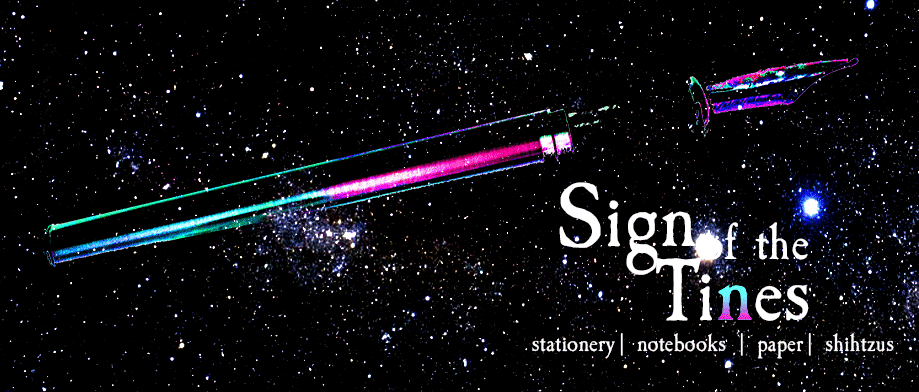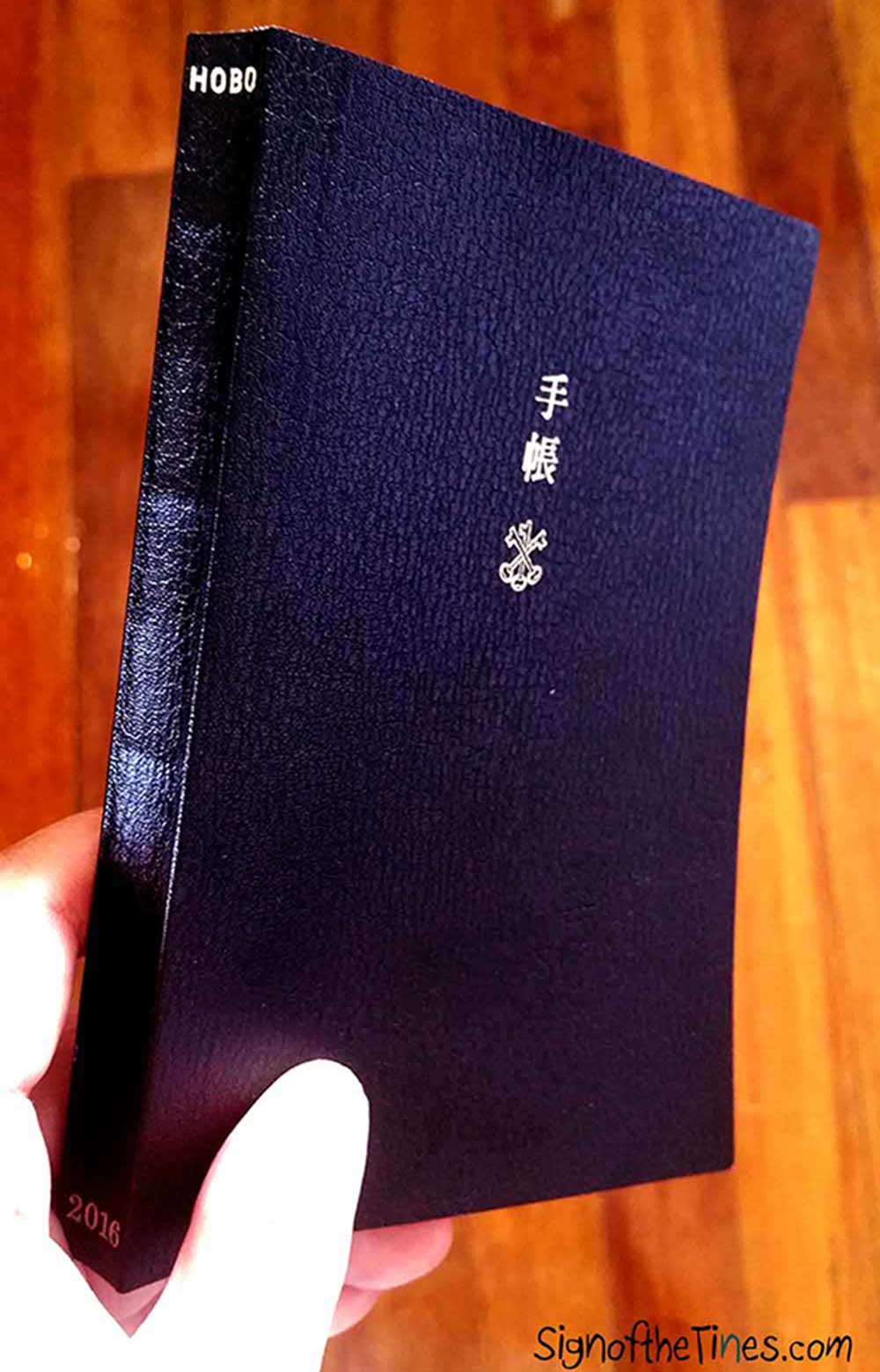I first heard about the Hobonichi Techo planner (I’ll call it the Hobo) from one of my former editors, who’d mentioned that she had purchased one to art journal. As a fountain pen enthusiast, I’d heard the word Hobonichi floating around on the internet. It had a reputation as the perfect planner for fountain pens because it used Tomoe River paper, a thin but extremely resilient type of paper from Japan.
I looked it up online and realized the Hobo had a cult following. People were using it to doodle, journal, decorate, and sometimes even plan! I mentioned it to my sister Bea in passing, something like “Oh, have you heard of the Hobo?” She got this scary glazed look in her eyes and started squealing. Next thing I knew, we’d started counting down the days until we could order the 2016 edition (the Hobo is available for sale on September 1 every year).
For a long time, unless you lived in Japan you could only order the Hobo online from http://www.1101.com/, the official site for all iterations of the planner (there are five, which I’ll mention briefly). However, recently they’ve been popping up in stores around the world, including Scribe Writing Essentials in the Philippines and various local small online retailers/ importers.

The Hobonichi Techo A6 and the Cousin A5
Initially I only ordered the Hobonichi Cousin, the A5-sized version that only comes in Japanese. However, Liz was able to obtain the A6-sized Hobo English edition for me I passed on the Hobo Weeks, which is a vertically-oriented planner that well, tracks your weeks, as well as the A6 Hobo Techo in Japanese and the A5 Cousin Avec, which divides the A5 Cousin into two slimmer volumes.

The Hobonichi Techo English with Midori A6 clear cover.
The English Hobo comes in this gorgeous black cover stamped, in gold foil, the Kanji characters for ‘diary’ and ‘hand.’ I find it very elegant.  The book cover itself is semigloss cardstock embossed to resemble leather. You can read here for more info on the history and nature of the planner. I do wish the cardstock was a little firmer. It’s designed to be covered by a secondary cover, so I think the thinness is deliberate.
The book cover itself is semigloss cardstock embossed to resemble leather. You can read here for more info on the history and nature of the planner. I do wish the cardstock was a little firmer. It’s designed to be covered by a secondary cover, so I think the thinness is deliberate.
For many people, one of the most crucial aspects of the Hobo is its secondary cover- various designs, in textile, leather, or silicone, that can be bought alongside the planner and are designed to protect and enhance the books.
They aren’t cheap –unlike me. I am VERY cheap. Therefore no fancy expensive covers for me. Instead I’m using a fake leather cover from local company Authors Avenue, which serendipitously fits (barely) over the Hobo.

A6 Notebook cover from Authors Avenue fits- mostly.
I DID purchase a Midori A6 clear cover to keep my Hobo clean.
One more note
about the Hobo- its binding is a testament to Japanese craftsmanship. You can fold this thing almost 360 degrees without breaking the spine, and it lays perfectly flat on a table.
Visit Part 2 to see how I’ve decided to use this versatile planner.

